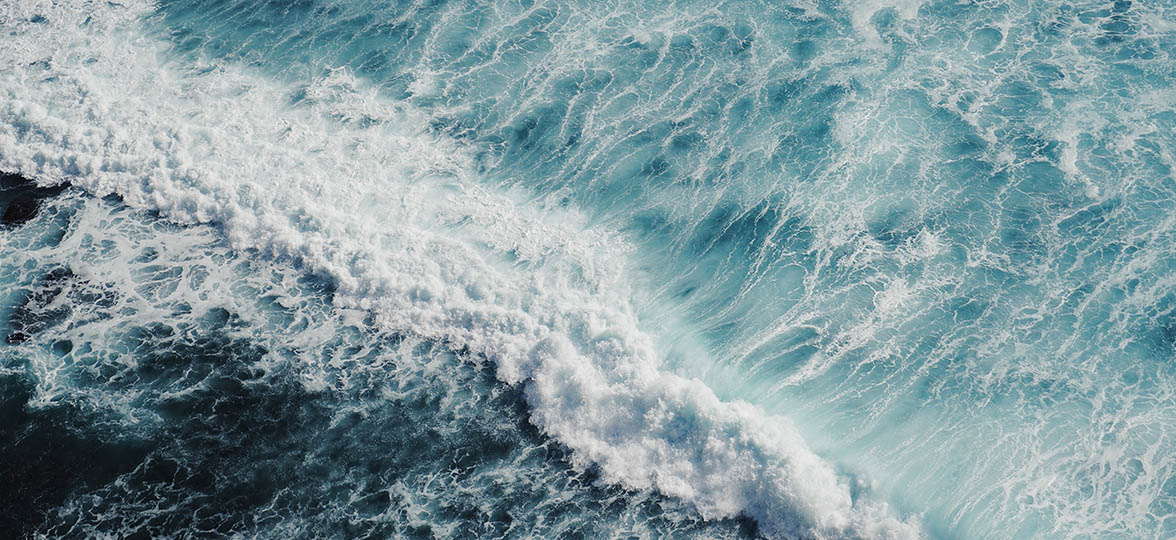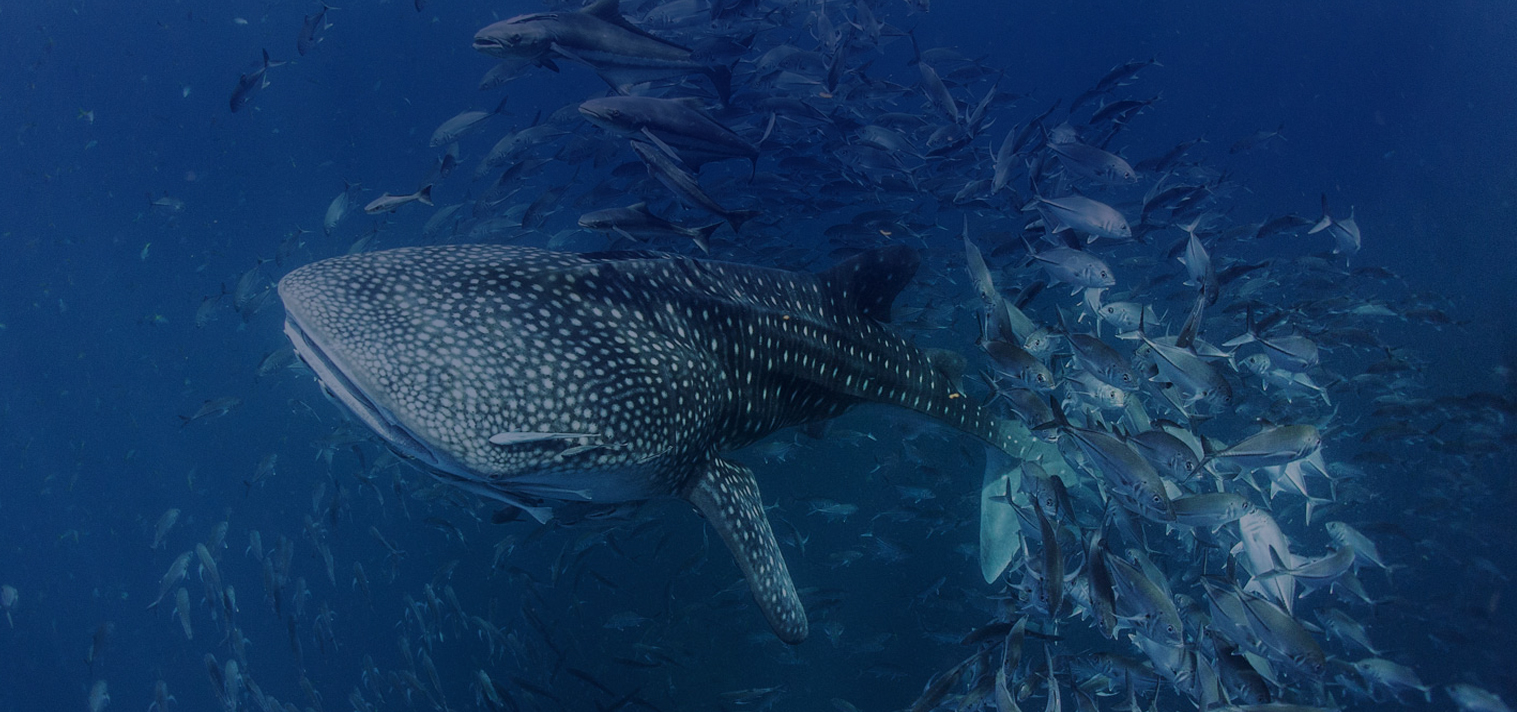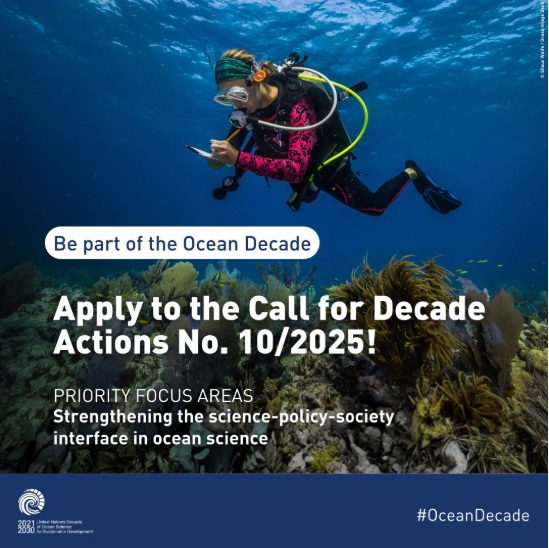Saving the ocean one bottle at a time with UNESCO
Vinicius Lindoso talks about the role of effective communication in protecting our oceans.
UNESCO has been tasked with a big job – fostering peace through international cooperation in education, science, and culture. On these pillars lies the future of our nations, but also that of our planet.

The ocean is a key part of securing this future. UNESCO’s Intergovernmental Oceanographic Commission is charged by the United Nations to promote cooperation between states, acquiring and providing knowledge to help countries manage the ocean and build a healthy relationship with our planet’s largest ecosystem.
Vinicius Lindoso, communications officer at UNESCO’s Intergovernmental Oceanographic Commission, talks about the role of effective communication in saving our marine environment.
Concrete solutions…
UNESCO and its Oceanographic Commission are all about pooling knowledge and resources to learn more about our oceans. “[We want to] apply that knowledge for the improvement of management, sustainable development, the protection of the marine environment, and the decision-making processes of UNESCO’s member states.”
With key objectives around ecosystem services, hazard prevention, sustainable practices, and a better understanding of upcoming challenges, Lindoso says the commission aims to deliver “very real, concrete solutions to the ocean’s major threats, from pollution to overfishing and so on.” (Read more)







